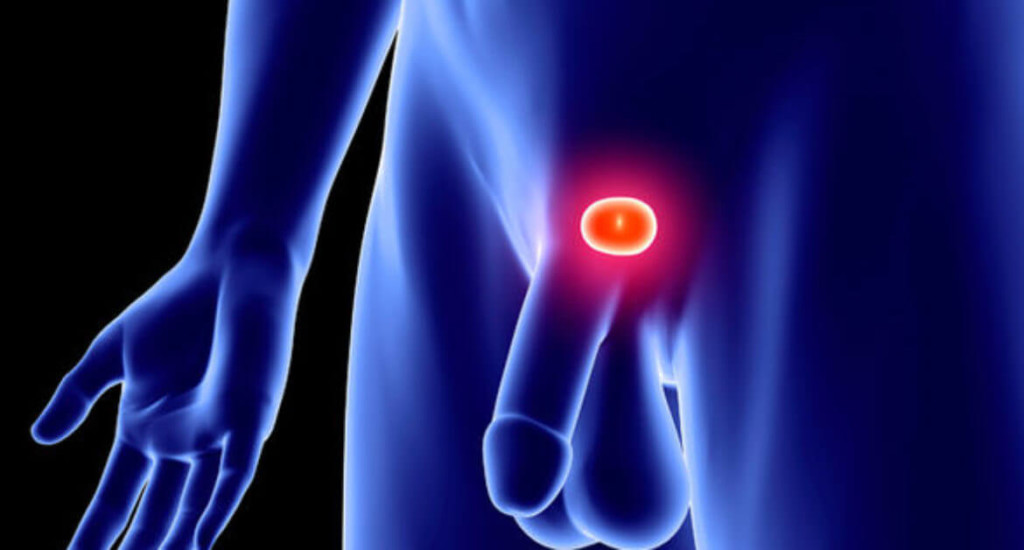The alarming “prostate epidemic”
What are the options?
 |
| What are the options prostate epidemic |
The following facts and figures will help you understand about the alarming “epidemic-like” situation of prostate-related problems and disorders in men today.
· While prostate problems occur mainly in men over the age of 50, most men are unaware of these issues until they begin to have symptoms. Therefore, at least in their initial stages, most of the prostate problems remain “silent”.
· With respect to their incidence, the most common prostate problems include: infection of the prostate (prostatitis), enlarged prostate also known as BPH (benign prostatic hyperplasia) and prostate cancer.
· For younger men (men under 50), the most common prostate problem is prostatitis. Statistics show that that as many as 10 percent of adult males suffer from prostatitis.
· However, prostatitis also affects about 35 percent of men over 50.
· For men over 50, the most common prostate problem is benign prostatic hyperplasia (BPH).
· BPH is the most common cause of men’s visit to the doctor after the age of 50 (is the most common diagnosis by urologists for male patients age 45-74
· Benign prostatic hyperplasia (BPH) or non-cancerous enlargement of prostate is rare before age 40. However, it is present in about 80% of men by age 80.
· BPH is also the most common benign neoplasm (non-cancerous tumor) in men
· Speaking of USA alone, prostate cancer is the most common non-skin cancer (Prostate cancer accounts for about 1 in 4 newly diagnosed cancers each year among US men).
· In UK, prostate cancer is the most common cancer in men.
· One in six American men will be diagnosed with prostate cancer and one in thirty six men will die of the disease.
· In USA, One new case of prostate cancer occurs every 2.4 minutes and a man dies from prostate cancer every 16.4 minutes.
· Most men with prostate cancer are over the age of 65 (About three quarters of cases are in men over the age of 65).
· Prostate cancer is the second most common cause of cancer death among men.
What are the most common prostate disorders, issues or problems?
There are three most common prostate diseases or disorders or problems.
1. If the prostate becomes enlarged: This condition is called as Benign Prostatic Hyperplasia (BPH) and is the most common prostate problem.
2. If the prostate becomes inflamed or infected: This condition is called as “prostatitis”.
3. If the prostate develops a cancerous tumor: This condition is called as prostatic cancer.
As you age, your prostate tends to increase in size which can cause (the tube that carries urine from the bladder to outside the body) the urethra to narrow and decrease urine flow.
Who deals with the prostate disorders or diseases?
All doctors or health professionals who treat urinary problems (including those related with prostate) include:
· General practitioners (your primary doctor or primary care physician)
· Pediatricians (child specialists)
· Urologists
· Gynecologists (specialists in treating diseases specific to females), and,
· Nephrologists (specialists who treat kidney related disorders)
Among all these health professionals, most of the prostate-related problems are dealt by your primary care physician and the urologist:
Primary care physician
This is usually the regular doctor that men first see when they develop any of the urinary or prostate related symptoms. This doctor then evaluates symptoms, checks signs, perform a physical examination and exclude the possibility of urinary tract infection or other conditions. If some major problem of prostate is found, then primary care physician may refer you to a urologist for further evaluation or treatment.
Urologist
Urologists are specialist consultant doctors who specialize in diseases of the male and female urinary tracts and the male reproductive system including those of prostate.
Herbalist
Herbalists (sometimes also known as nutritionists or dieticians) are those health care experts who use botanicals or herbs or herbal supplements to treat health disorders.



